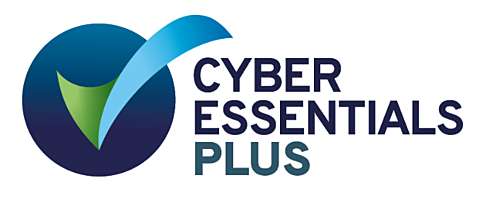Director
How is TPR’s draft Code of Practice landing with trustees?
16 Jul 2021
We’ve been discussing the draft Code with clients and other Trustee contacts whilst we framed our response to TPR’s consultation. Guidance to help trustees interpret it for their schemes, particularly in the new IORPII areas, wasn’t forthcoming when the Code was launched. So here’s a sense of what trustees, pensions leads and people with risk roles we’ve spoken to have been making of it so far.
How single is single? Expectations are not clear yet in the way the Code is written – many are not sure what they will need to do so as to start planning. Concerns are high about how the Code will land particularly, but not only, for smaller and mid-sized schemes with less resource and time to engage with the scale and detail of it. The role of a Chair and concept of a governing body are not directly translatable into the LGPS and the legal setting is different. Overall it can be hard to see what to apply.
Unintended consequences? The length and detail in the Code send signals of greater complexity in trustee roles, increased compliance responsibilities and Trustee governance costs. There’s expected to be further acceleration in the use of professional trustees, outsourcing, sole trusteeship and consolidators (for DC that’s been strongly flagged since). Will this be better for members and inspire their confidence?
Transparency – things can only get better? Often service providers cite commercial confidentiality, limiting trustees’ ability to probe and assure themselves on areas of risk, such as cyber risk, such as in full service arrangements. Could the final Code call for greater transparency to support trustees on this?
Upcycling? Even for those running well-resourced schemes, getting to grips with the risk and ORA modules looks to be significant work. More clarity is wanted from TPR on how existing risk, policy and reporting work can be rebadged to meet expectations, with practical guidance upfront. There is a lot of theory, but the key thing is to demonstrate how this fits with the practicalities of what a Trustee needs to do.
Catalyst or checklist? Scheme costs could rise without adding much value if the Code encourages a checklist mentality and/ or leads to a consultants’ bonanza. If trustees look through a lens based on clear objectives for the scheme, it should be possible to apply the Code proportionately and point to why this fits the scheme’s needs. That’s what good governance should be all about. But it needs TPR to show clearly it’s the approach they want to see. Guidance and the Toolkit need to stay in step with the Code and be available when the final version is launched, especially to support the IORPII requirements.


